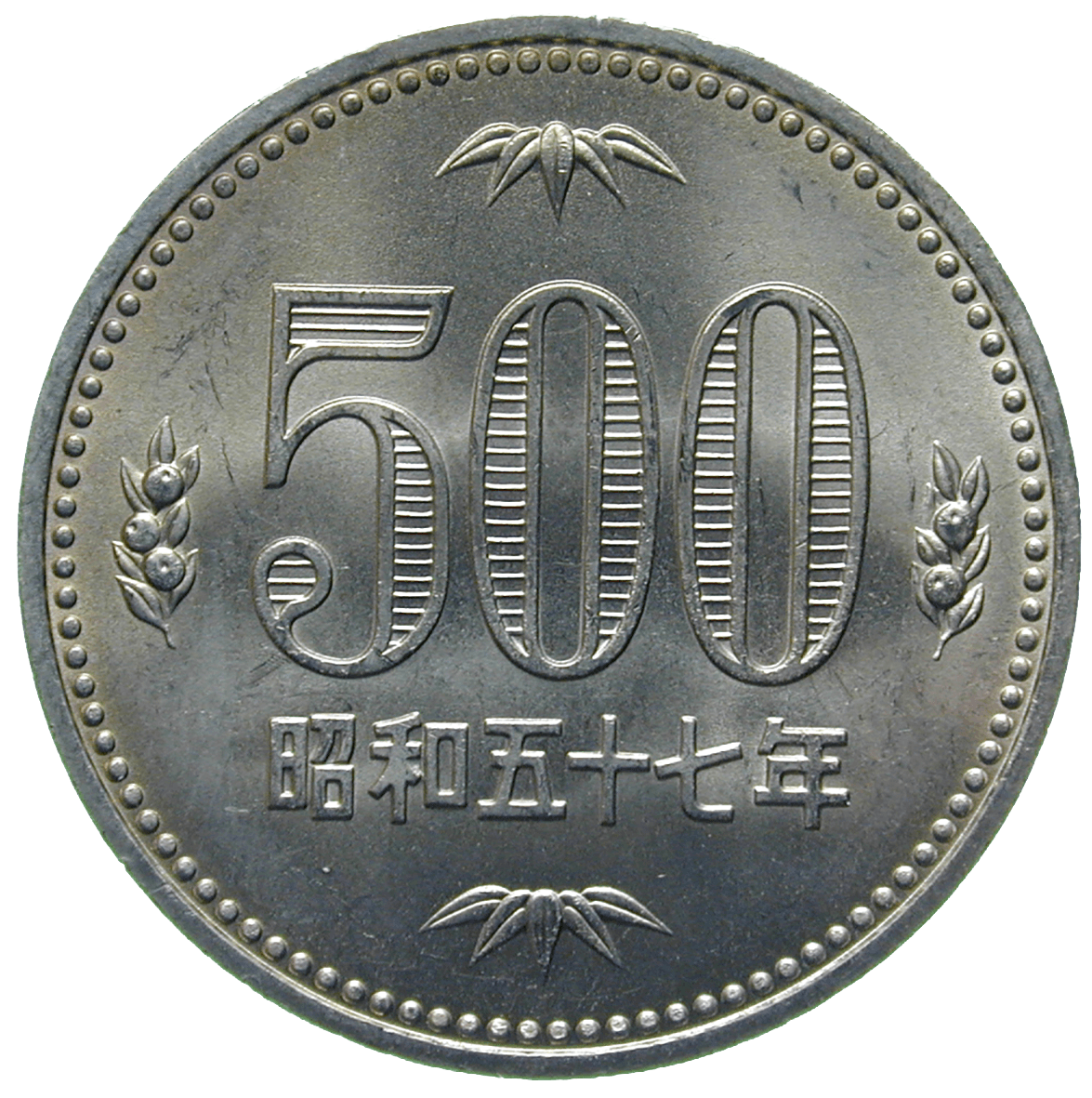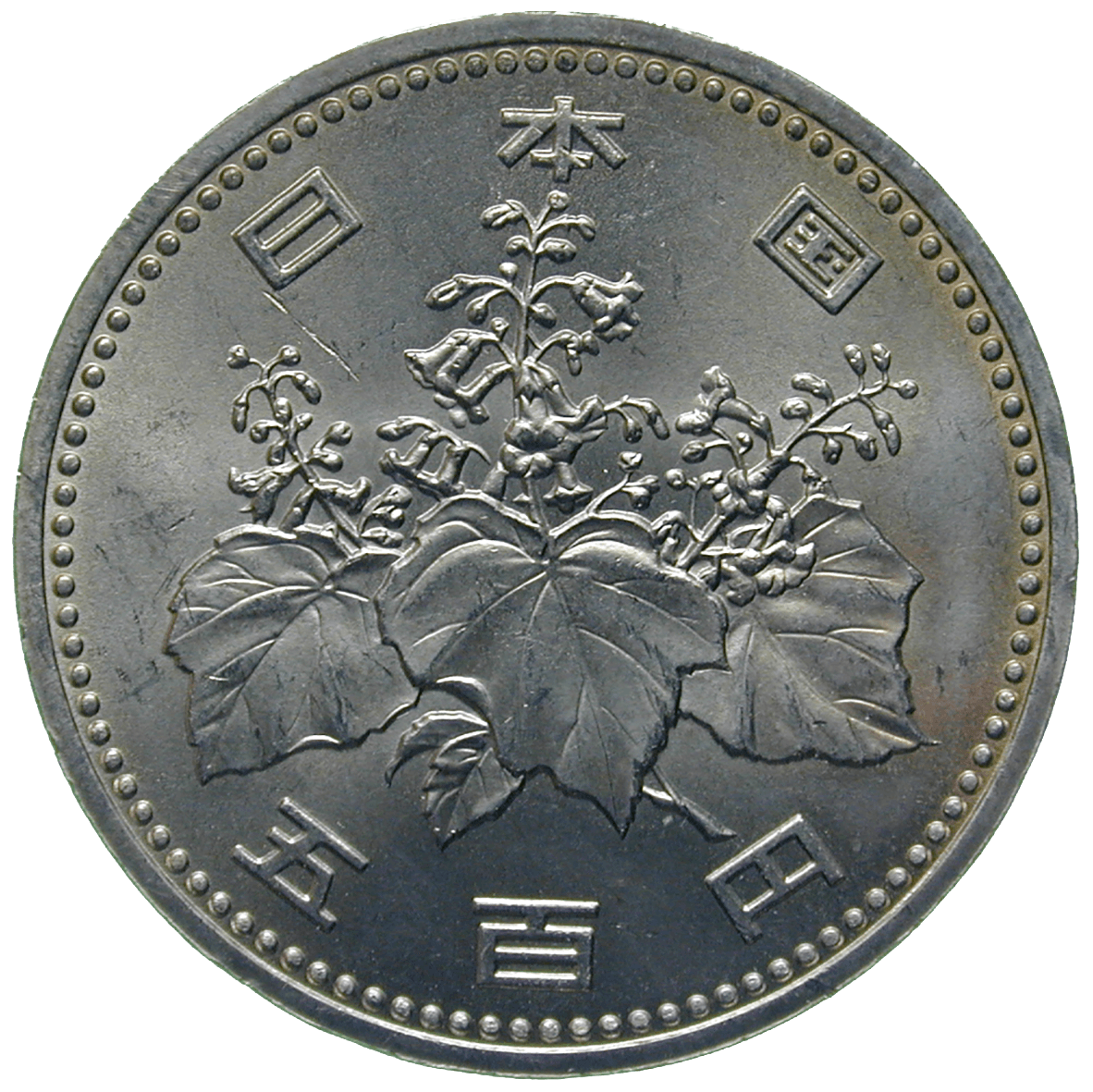Mit der Meiji-Restauration von 1868 wurde Japan fast über Nacht von einem mittelalterlichen Feudalstaat zum modernen Nationalstaat. Damals wurde auch das Währungswesen neu gestaltet. Die traditionellen japanischen Münzen wurden durch ein modernes Geldsystem ersetzt. Die neue Währung hiess Yen, was wörtlich übersetzt «rund» bedeutet – im Gegensatz zu den traditionellen japanischen Münzen, die oval waren. Mit der Einführung des Yen wurde die japanische Währung auf das Dezimalsystem umgestellt: 1 Yen galt 100 Sen bzw. 1000 Rin. Diese beiden Münzeinheiten wurden allerdings nicht lange ausgegeben. Wie alle anderen modernen Währungen auch, verlor der Yen im Laufe der Zeit so stark an Wert, dass seine Kaufkraft immer schwächer wurde. Dieser Wertlosigkeit fielen auch der Rin und der Sen zum Opfer; ihre Ausgabe wurde 1909 bzw. 1954 eingestellt. Heute ist der Yen eine der stabilsten Währungen, und Japan die drittgrösste Wirtschaftsmacht der Welt.

